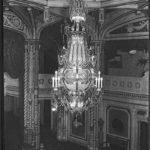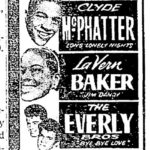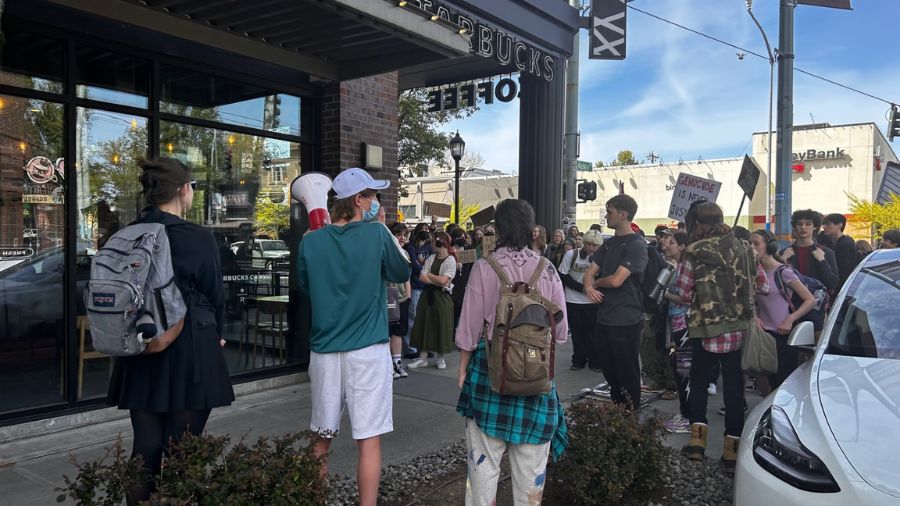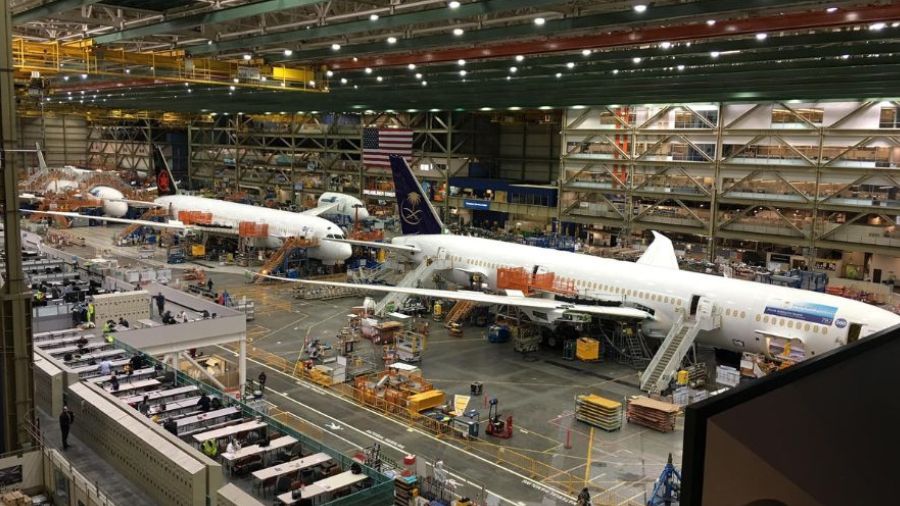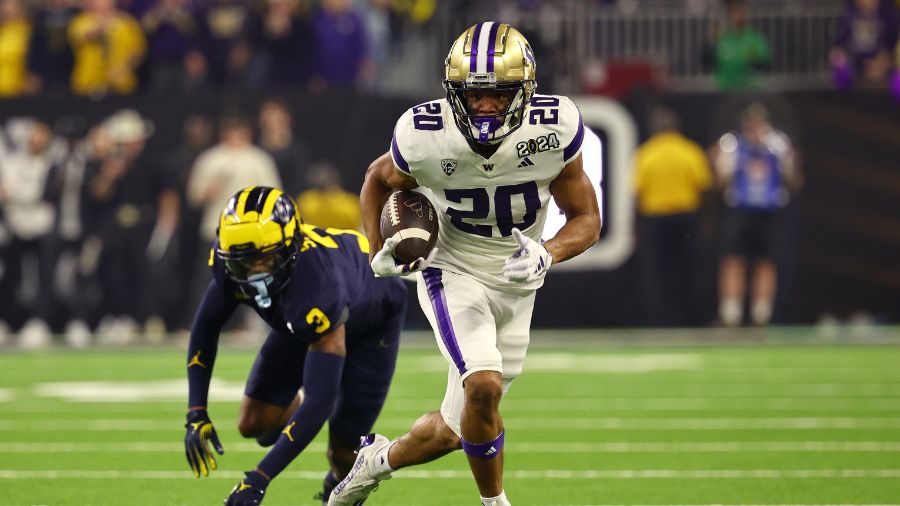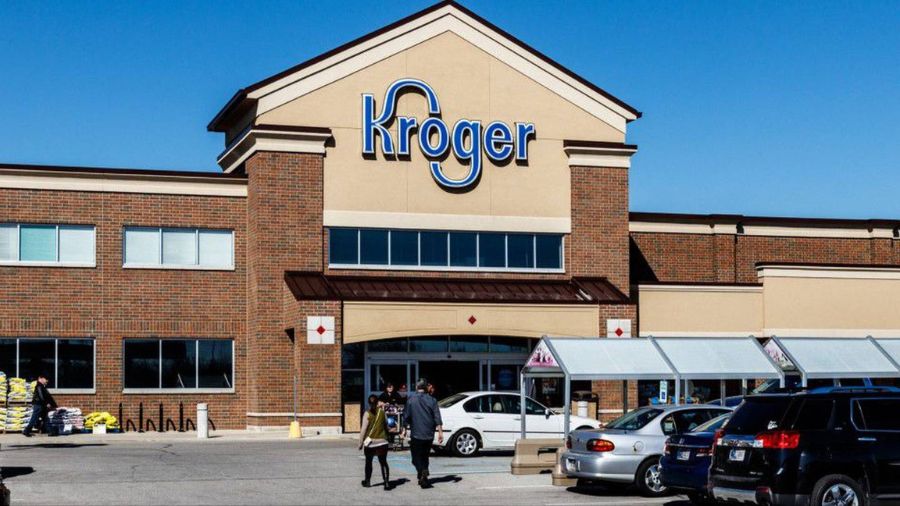Buddy Holly’s only Seattle shows were 60 years ago this week
Aug 23, 2022, 8:17 AM | Updated: Oct 4, 2022, 2:23 pm
Update:
This story about Buddy Holly’s only visit to Seattle was originally published by MyNorthwest in October 2017. We’re reposting today in light of the recent passing of Crickets’ drummer Jerry Allison, who was interviewed for the 2017 story.
Original:
Jerry Allison doesn’t remember much about his first visit to Seattle exactly 60 years ago.
“I do remember drinking Olympia Beer,” the 78-year old Allison said last week from his home outside Nashville. “It was popular there.”
Banel: ‘Victorian Internet’ hits Seattle October 1864
It’s not surprising that Seattle doesn’t stand out. The city by the Sound was just one stop on a long tour around the United States for the teenaged Allison. He was drummer for The Crickets, the Texas rock and roll band fronted by hiccupping, horn-rimmed bespectacled singer and guitarist Buddy Holly.
The Crickets performed four shows in Seattle at the long-gone Orpheum Theatre on Friday, October 25 and Saturday, October 26, but they didn’t get much time on stage.
“I think at the time we were only allowed to play like three songs, ‘cause that was our first tour, maybe only two,” Allison said.
There were a few other artists on the bill with The Crickets that weekend in Seattle six decades ago. Nowadays, the list reads like the inaugural class of inductees to the Rock and Roll Hall of Fame. Fats Domino. Chuck Berry. Frankie Lymon. The Everly Brothers. Clyde McPhatter of The Drifters. LaVern Baker. Paul Anka. Jimmy Bowen. Buddy Knox. Eddie Cochran.
Ticket prices ranged from $2 to $3.75.
The Crickets on air
By the fall of 1957, legendary Northwest deejay and concert promoter Pat O’Day hadn’t made it to Seattle yet. He was working at a radio station in Yakima, and he was still known as Paul Berg. But he knew the Seattle radio market.
O’Day says that in the not too distant past, KJR — where O’Day would begin a long run a few years later — had been playing the kind of rhythm & blues music that would soon morph into rock and roll, but the so-called “payola” scandal had spooked them away from the format earlier in 1957.
“KJR had gone to kind of ‘middle of the road’ music, so the lone station at that time in ’57 playing rock and roll in Seattle was KOL,” the 84-year old O’Day said earlier this week from the office of his real estate business in Friday Harbor. “And KOL was playing all of those artists.”
And those artists were part of something called “The Biggest Show of Stars of ’57.” It was a barnstorming musical tour produced by Irvin Feld, and it crisscrossed the country in two stretches that year, the first during the late winter and spring, and the second during the late summer and autumn.
The Crickets, who’d had a number one hit earlier in 1957 with “That’ll Be The Day” and whose next single “Peggy Sue” was climbing the charts, came aboard for the second leg of the tour.
It kicked off with a series of shows in Brooklyn in late August, followed by a dizzyingly paced three months of one and two-night stands across the US and Canada.
“That tour was a 17-year-old’s dream come true,” said Jerry Allison, whose bandmates included Joe B. Mauldin on bass, Nikki Sullivan on guitar, and Buddy Holly on guitar and vocals. Allison and Holly had been playing together for years; they’d been classmates and were good friends.
To hear Jerry Allison describe it, even for a 17-year-old, touring with “The Biggest Show of Stars of ‘57” was not exactly a glamorous affair.
Life on the road
“We had two buses like Greyhound buses. Not tour buses, just buses,” Allison said. “And there was one fella named ‘Junior’ who was like one roadie [for all the musicians], and he loaded all the stuff in a truck. It wasn’t a semi like they use today, [it was] just a truck.”
To get from one town to another for a show the next night, Allison and the other musicians spent a lot of time on the bus. Prior to arriving in Seattle, the tour had visited Portland, Vancouver, BC and Tacoma – in that order – on October 22, 23 and 24.
“We just got on the bus and traveled,” Allison said. “Those buses were a mess. They were, like I say, Greyhounds with seats in ’em, no beds or anything like that. Sometimes we’d trip like 600 miles overnight.”
Tour operations and staging requirements were simpler, too. Allison says the headliner for the tour was Fats Domino. Domino had an orchestra who backed him, and who backed the solo vocalists on the tour such as LaVern Baker, Clyde McPhatter and Paul Anka. The Crickets set up their minimal rock and roll gear in front of Domino’s orchestra.
“I don’t think we did sound checks as such in those days,” Allison said. “Everybody knew what to go play and we played every night [but] we had to get there in time to set up the drums and Buddy’s amplifier. On that tour, Nikki Sullivan was with us, so we had his amplifier. That fella named Junior that was the lead roadie – he helped us set up a lot of stuff, and we helped him do stuff, too.”
The camaraderie between The Crickets and the sole roadie on the tour extended to their friendships with the other artists, too. Nearly everyone generally got along, Allison says, whether on the bus or backstage at the dozens of venues on the tour.
“It was fun,” Allison said. “Everybody was like friendly and happy, maybe a dice game going on in a dressing room or two. Everybody was happy to be there, nobody was arguing or anything. I mean, an occasional argument but most of the time it was very pleasant.”
The economics of being a touring rock and roll band were different in those days, too.
“We were making a thousand dollars a week, I believe,” Allison said. “And, of course, the agent took a hundred bucks and the manager took a hundred bucks, so between the four of us on that tour, we had 200 bucks a piece.”
“I mean, we thought we were rich,” Allison said. “You know, 200 bucks a week is more than my folks made in 1957,” he said, chuckling.
But even in 1957, appreciative audiences included large numbers of screaming kids, Allison says.
“I don’t know if it was as bad as the Beatles on the Ed Sullivan Show as far as the screaming,” Allison said, “but there were crowds that were enthusiastic.”
And what about groupies?
“[The girls] would go nuts over the Everly Brothers and quite a few of the acts,” Allison said. “But The Crickets always attracted more guitar players and drummers than they did chicks. They’d say ‘How’d you play that lick?,’” Allison said, laughing. “Anyway, it was great fun.”
One place on the tour that wasn’t as much fun, says Jerry Allison, was parts of the South.
“We got down South, which was really strange, and I can’t remember [where, exactly], but it’s like a couple of different places they had a curtain down the middle,” Allison said. “The whites sit on one side the blacks sit on the other. You know, ‘cause in the 1950s they still had white and colored bathrooms down South. But [The Crickets] didn’t have any problem [getting along] with the audience or the artists.”
Seattle concerts
There was no curtain down the middle of The Orpheum Theatre, but Pat O’Day says most of the audience for a show in Seattle would’ve been white, anyway. That was just a function of the demographics of the city in those years, along with the fact that African American musical artists had achieved crossover appeal. Either way, O’Day says, the Orpheum was a grand place.
“It was not unlike the lobby of the 5th Avenue Theatre,” O’Day said. “It did have a good sizable stage with lots of curtains overhead, and good dressing rooms.”
O’Day also knew what the teenage audiences around here were like 60 years ago.
“[In] Seattle in 1957, all kids were basically on the same page. There was no division, they all listened to the same radio station and listened to the same songs and did the same things,” O’Day said. “Things were simple. It was a lovely town because there was such a spirit of friendship and unanimity throughout the city at that time.”
After finishing the 9:30 show on Saturday, October 26, 1957, the tour packed up for the long drive up and over Snoqualmie Pass for a show the next night in Spokane; then the night after that in Moscow, Idaho; then the night after that in Calgary, Alberta; and then Edmonton, Alberta; and then Regina, Saskatchewan. From Regina, the buses went 840 miles for a show the next night in Denver.
The final date of the tour was in Richmond, Virginia on November 24. That same week, The Crickets debut LP, “Chirping Crickets” was released, and the band played two songs on The Ed Sullivan Show on CBS TV. Then, it was more touring, more TV, and more touring.
Just over a year later, Buddy Holly, on the road as a solo artist with a new band, died in a plane crash in snowy field in Iowa. He’d chartered a small plane after tiring of wintertime bus travel through the Midwest. He was only 22 years old.
Six decades later, Buddy Holly and The Crickets remain one of the most influential rock and roll bands in American history; they routinely appear on “best of” lists, their songs remain in rotation on oldies radio and are often covered by contemporary artists, and a museum is dedicated to Holly in his hometown of Lubbock, Texas.
Jerry Allison is the only surviving member of The Crickets from the band’s earliest incarnation. He appreciates the life it allowed him to lead – he co-wrote a number of Crickets’ songs, including “That’ll Be The Day,” from which he still receives royalties – but he never thought the old songs would still be getting airplay this many years later.
“I’m just … I’m still in awe of the fact that’s still happening,” Allison said. “Like Paul McCartney told me one time, if it weren’t for the Crickets, there wouldn’t be any Beatles.”
The Orpheum Theatre
The Orpheum Theatre’s legacy, unfortunately, didn’t last quite so long. The venue did host a number of shows during the World’s Fair in 1962, and it continued to show first-run movies. It was even extensively remodeled and upgraded in 1963. But, just a few years later, it was torn down in the summer of 1967 to make way for what’s now the south tower of the Westin Hotel, originally called the Washington Plaza.
Newspaper accounts at the time say that the demolition took weeks longer than expected. The old 1928 building was just too well-constructed, too effectively reinforced with thick concrete and resilient rebar, and it didn’t come down as fast as the contractors had hoped.
Before the wrecking ball started to swing, an auction was held at the Orpheum in June 1967. A pair of the main entry doors went to a Doce’s furniture store on Aurora Avenue; plaster columns went to an Italian restaurant; and countless plaster ornaments went to numerous private homes around Puget Sound.
As late as a decade after the demolition, the City Loan Pavilion, a French restaurant in Pioneer Square off Occidental Park, was running ads in The Seattle Times trumpeting the fact, among other things, that the eatery’s distinctive chandelier was a relic from the Orpheum Theatre.
What the old ads don’t mention is whether or not City Loan Pavilion served Olympia Beer.
You can hear Feliks every Wednesday and Friday morning on Seattle’s Morning News with Dave Ross and Colleen O’Brien, read more from him here, and subscribe to The Resident Historian Podcast here. If you have a story idea or questions, please email Feliks here.



